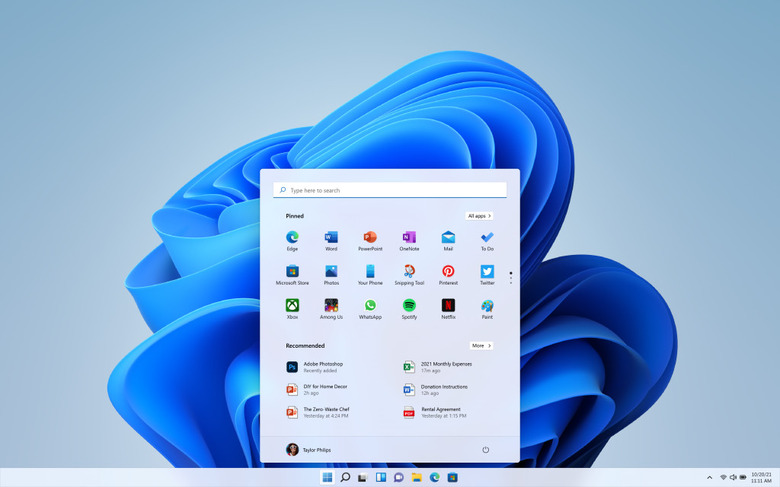Windows 11 Is Rolling Out Now - Here's How You Can Download It
Now that it's October 5th in many parts of the world, general availability for Windows 11 has begun. As long as you have an eligible device, you can download Windows 11 today. Just go to the Windows Update page in Settings and click on "Check for updates" to see if you can download the update. If the update doesn't show up, there are other ways to upgrade.
How to download Windows 11 on your PC
The first thing that you are going to want to do is ensure that your computer is compatible with the Windows 11 upgrade. This has been one of the biggest controversies surrounding the release of the update. Microsoft isn't bringing nearly as many devices into the next generation as users expected. You can download the PC Health App directly from Microsoft by clicking on this link.
Once you've ensured that your computer can handle Windows 11, you can start the update process. First, head to this page on Microsoft's website. You will now see a number of options for performing the update. In all likelihood, you're going to want to use Windows 11 Installation Assistant. If you are upgrading from Windows 10, this is the easiest way to get Windows 11 without Windows Update. Just download the file and follow the instructions once the program loads. Microsoft also lets you use the Media Creation Tool to create a Windows 11 installation and offers a Windows 11 disk image.
New features coming to Windows 11
Here are some of the new Windows 11 features that Microsoft highlighted in an email today:
- Chat from Microsoft Teams is a new experience that helps bring you closer to the people you care about.
- Microsoft Store on Windows has been redesigned from the ground up to be easier to build for, and make it more seamless for customers to find and browse apps, games and entertainment all in one place.
- Snap Layouts and Groups offer a more powerful way to multitask and optimize your screen real estate in a way that is visually clean.
- Windows 11 is the most inclusively designed version of Windows, built with and for people with disabilities.
As long as you know what you're doing, you can have Windows 11 up and running before the end of the day. If you don't know what you're doing (or prefer to stick with Windows 10 for now), ignore all of this and remember that Microsoft will support Windows 10 until late 2025.
